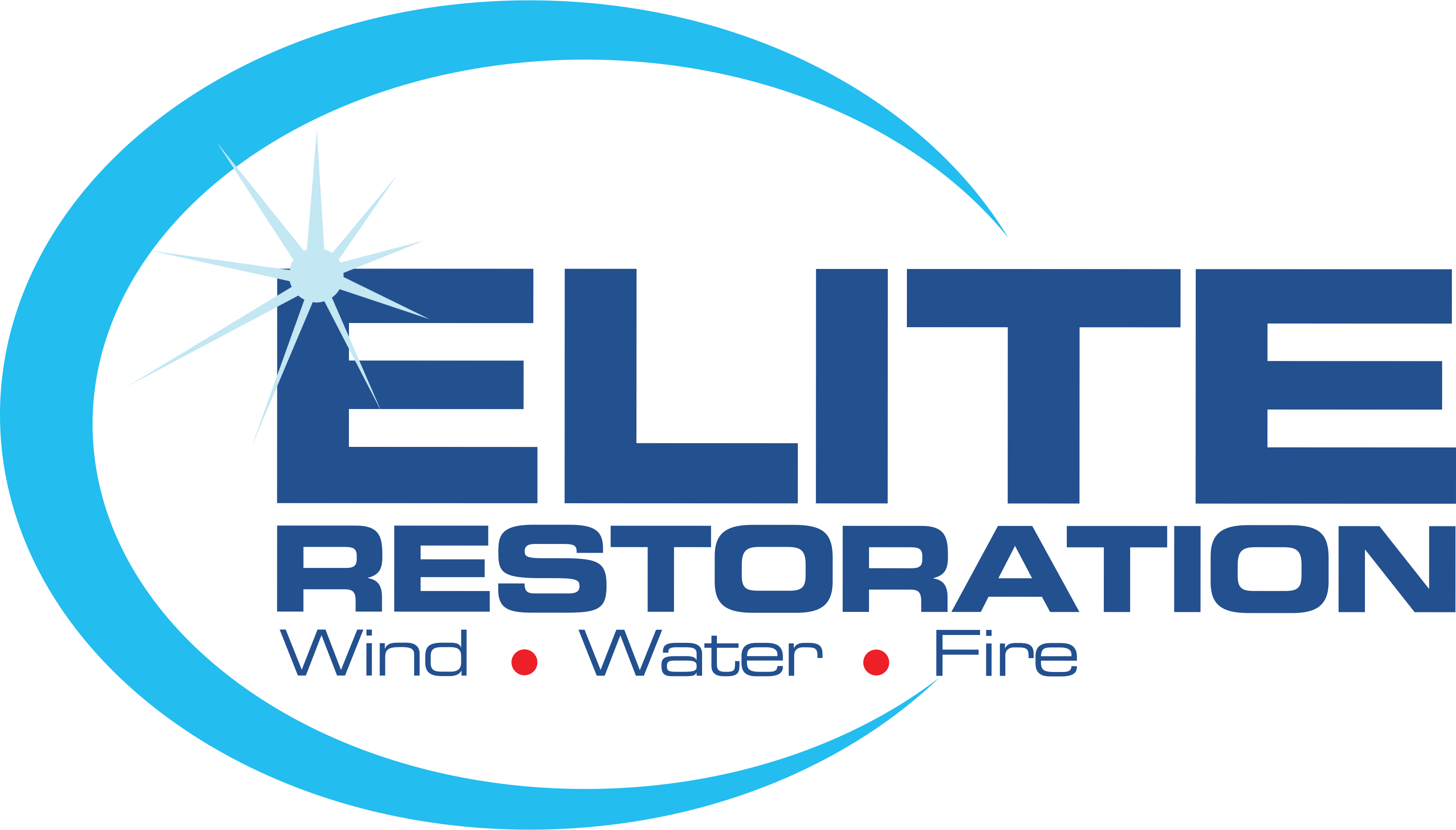ASBESTOS TESTING & REMOVAL IN IDAHO
Elite Restoration Offers Asbestos Removal and AbatementWHAT IS ASBESTOS?
Asbestos is a naturally occurring mineral made of very strong and heat resistant fibers. For these reasons, asbestos was a very popular choice as a fire retardant insulation material. It was also commonly used in building materials, such as ceiling panels, floor tiles or roofing shingles. This widespread use of asbestos in common building materials caused frequent asbestos exposure in both residential and commercial settings. Once the dangers of asbestos were discovered, its usage was severely limited.
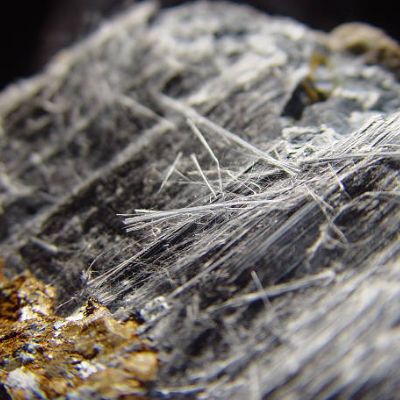
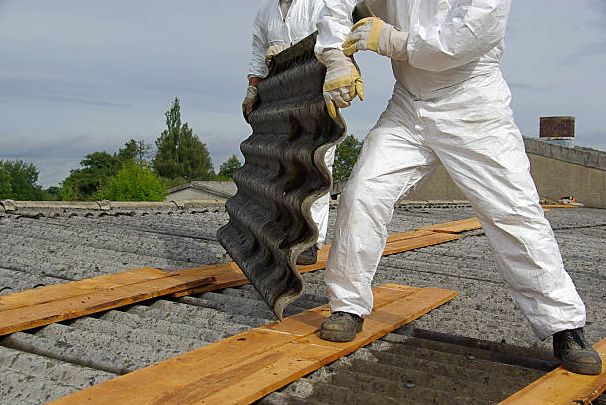
IS ASBESTOS STILL USED?
The short answer: yes.
The long answer: it depends! The use of asbestos in certain building materials and manufacturing processes is still highly regulated by the EPA. Put simply, any new uses of asbestos that would lead to regular human exposure are not allowed. Products such as clothing, manufacturing products, asbestos roof tiles, insulation, and other building materials are prohibited from being produced pending an EPA review. The EPA will place any necessary usage restrictions on new products, or they may prohibit the usage of the products entirely. Acceptable asbestos usage is determined on a case-by-case basis.
HOW CAN YOU TELL IF A BUILDING HAS ASBESTOS?
The only way to determine if a building has asbestos is to have it professionally inspected and send samples off for testing. The danger from residential asbestos exposure comes when building materials are damaged, such as during a remodel or construction work. It is for this reason that Elite Restoration highly discourages homeowners from attempting to collect their own samples for testing. Our professional asbestos removal and abatement specialists can quickly and safely collect samples for testing. If you need help, contact the team at Elite Restoration for asbestos testing services. Elite Restoration offers Asbestos Testing services in Twin Falls, Boise, Bellevue, Pocatello, Meridian, and Burley, Idaho.
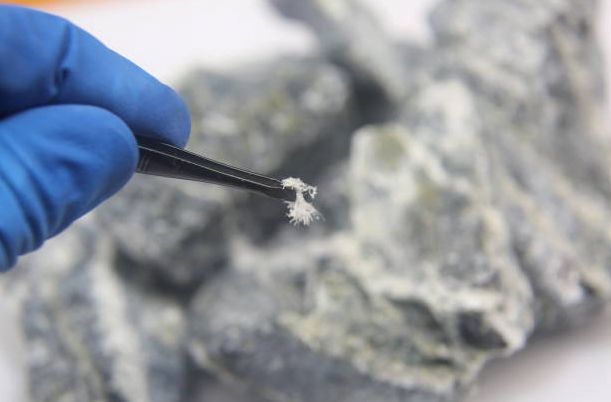
COMMON SIGNS OF ASBESTOS
The following is a list of common factors that may indicate a building has asbestos. This is NOT an exhaustive list. If you are concerned about potential asbestos in your home or building, please contact professional asbestos testing specialists.
- The building was built before the early 1980’s
- The building has vinyl flooring or millboard that was installed between 1952-1982
- The building has corrugated roofing
- The building contains vermiculite insulation
- The building has walls made from cement sheets
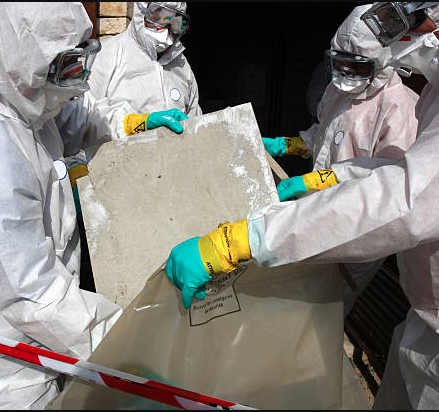
WHY IS ASBESTOS DANGEROUS?
Asbestos is a known carcinogen — a cancer causing material. Generally speaking the danger from asbestos comes from repeated long term exposure to airborne fibers. Examples of this would include working in construction or manufacturing jobs for years where asbestos is used. However, there is no specific “safe threshold” for asbestos exposure. Repeated heavy short-term asbestos exposures can also be dangerous.

IS IT SAFE TO LEAVE ASBESTOS IN A BUILDING?
Generally speaking, building materials with asbestos are safe as long as they are undamaged. The danger comes when these materials begin to wear down with age or if they are damaged during home maintenance projects. The following are some common ways people may unknowingly expose themselves to old asbestos in homes or other buildings:
Cutting through insulation to access pipes:
Scraping up old vinyl tiles:
Drilling into cement or plaster walls:
Damaged or crumbling walls:
While cement and plaster walls are typically sturdy, they may become brittle over time if they are exposed to the weather elements or other environmental factors. If these walls begin to crumble or flake, loose asbestos fibers can be released.
HOW DO I GET RID OF ASBESTOS IN A HOME OR OFFICE?
The short answer: you need to hire trained asbestos removal professionals.
The long answer: asbestos exposure can be very dangerous. There is currently no defined minimum safe exposure threshold. Asbestos fibers are very small and very fine. Without appropriate protective equipment, these fibers can be easily inhaled. It isn’t just the demolition process that is dangerous, either. Buildings need to be thoroughly cleaned after asbestos materials are removed. The small and fine fibers can settle in carpets, inside of ductwork, and other places in a home. Then, regular foot traffic or HVAC usage can release those fibers into the air causing occupants to be regularly exposed to them. Asbestos removal experts follow strict steps before, during, and after asbestos removal to make sure that the materials are removed completely and safely. Elite Restoration offers Asbestos Testing services in Twin Falls, Boise, Bellevue, Pocatello, Meridian, and Burley, Idaho.
Find Asbestos Removal Services
Our team of IIRC certified technicians is here to help. Elite Restoration offers asbestos testing and asbestos removal services near you in Southern Idaho:
